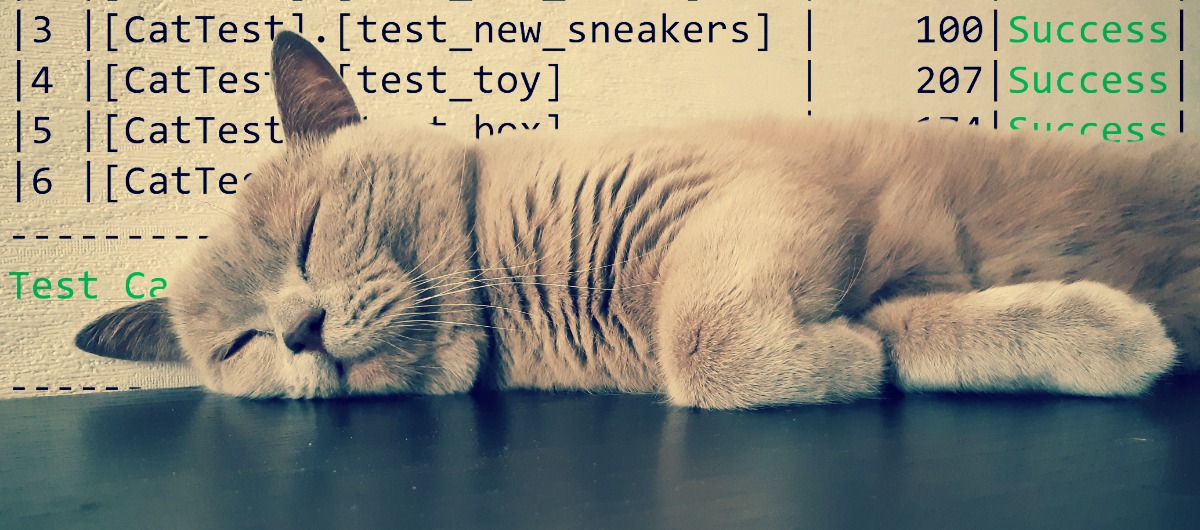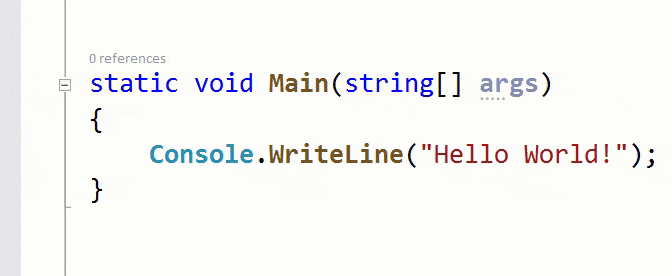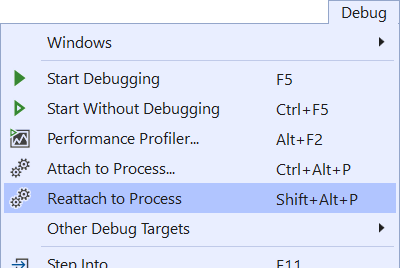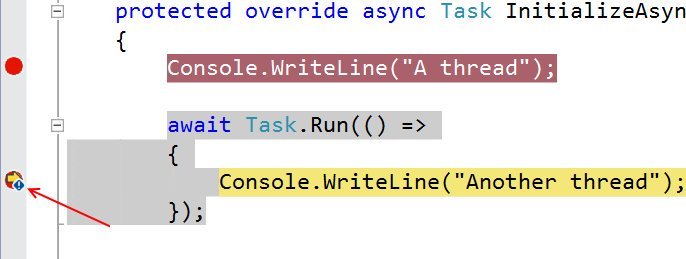Testing SQL Server code with tSQLt
Based on my experience with colleagues, I can state: DB code testing is not a widely spread practice. This can be potentially dangerous. DB logic is written by human beings just like all other «usual» code. So, there can be failures which can cause negative consequences for a product, business or users. Whether these are stored procedures helping backend or it is ETL modifying data in a warehouse — there is always a risk and testing helps to decrease it. I want to tell you what tSQLt is and how it helps us to test DB code.

























